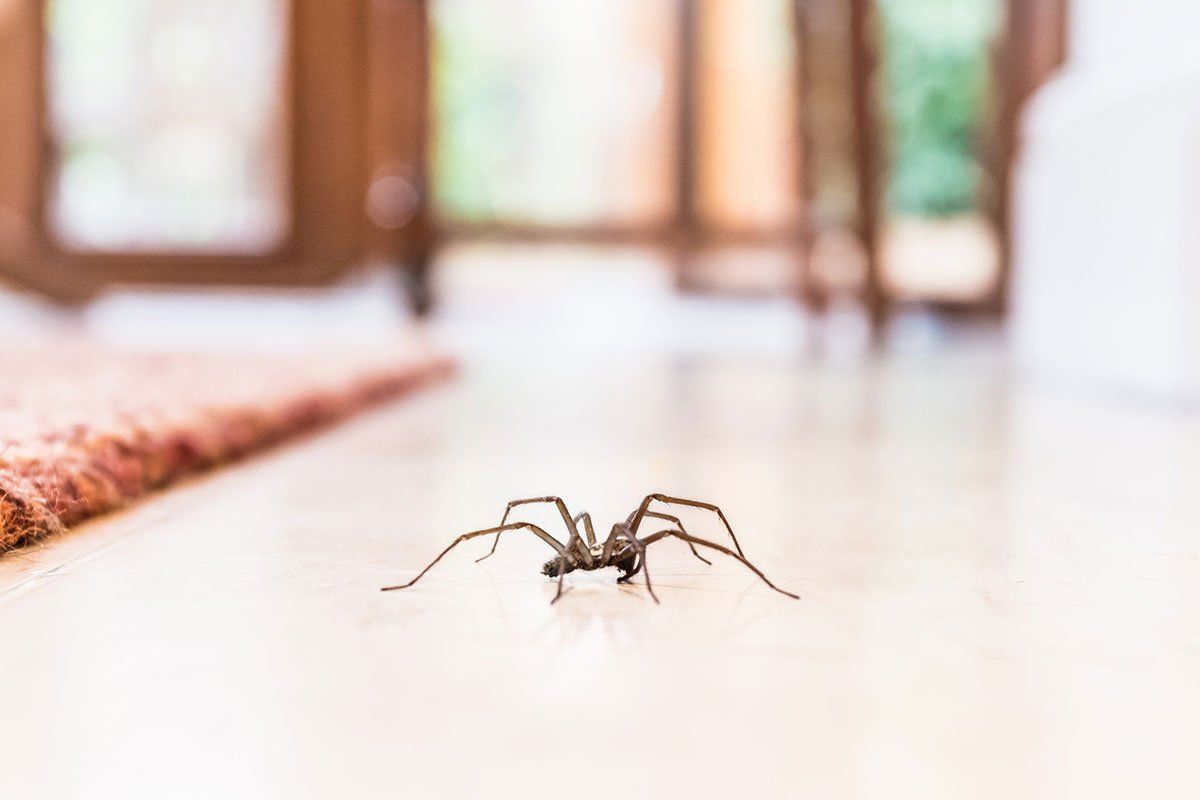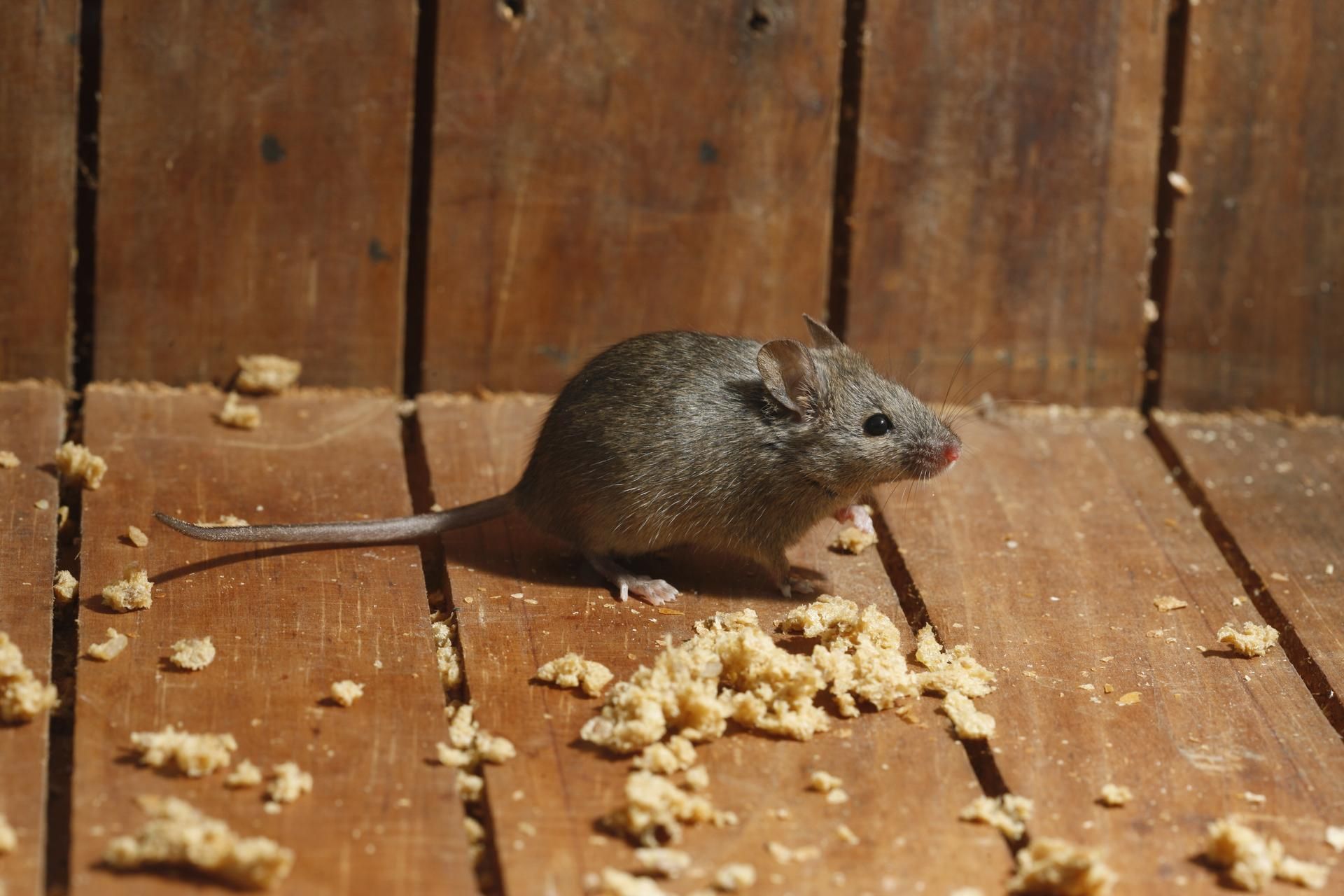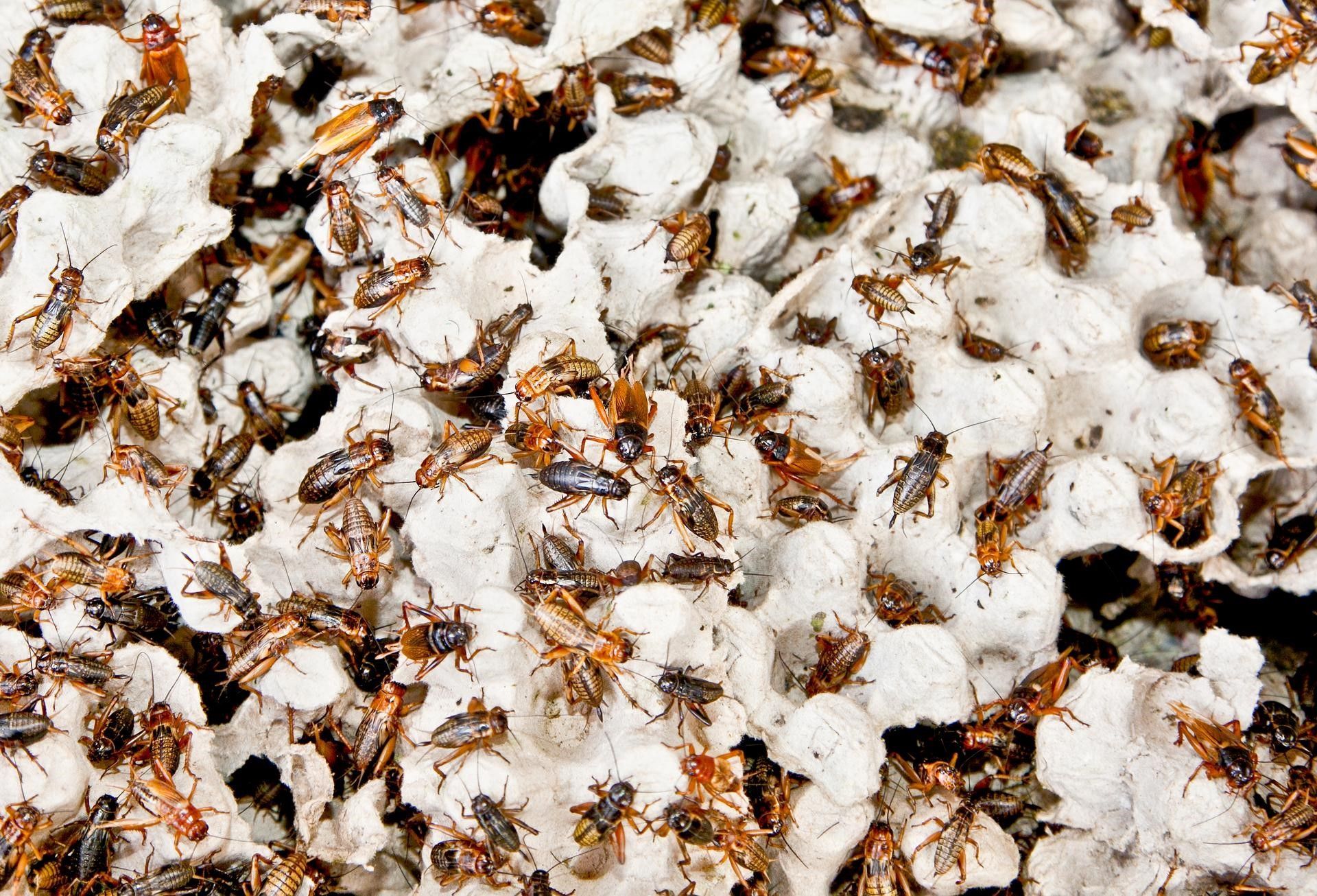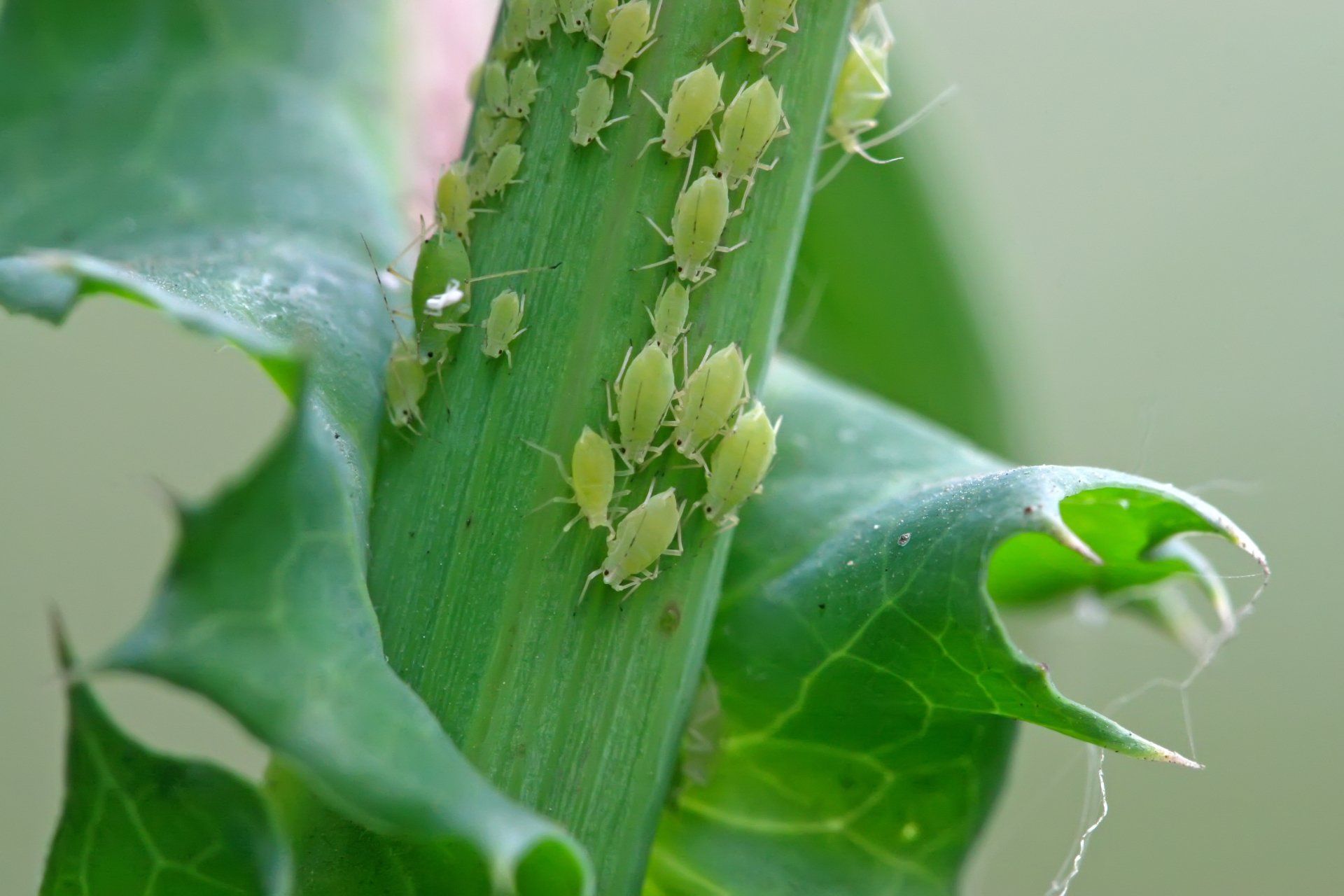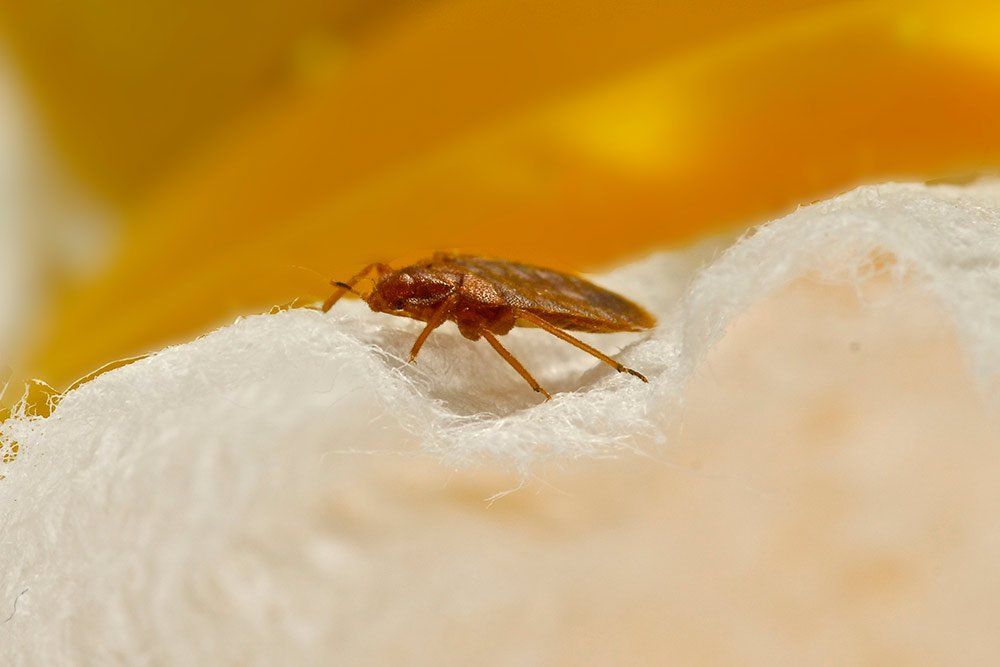
San Joaquin County in California's Central Valley is known for its rich agricultural production. However, along with the abundance of crops comes an increased risk of pantry pests. These small insects can infest and contaminate stored food products, causing damage and potential health hazards. In this article, discover more about San Joaquin's pantry pests.
What Are Pantry Pests?
Pantry pests are insects that infest food products commonly found in pantries and kitchens, such as grains, flour, dried fruits, nuts, and spices. They can also be referred to as stored product pests, as they are often found in stored food items.
How Can You Identify Pantry Pests?
Pantry pests can be difficult to spot, as they are small in size and tend to hide within food products. However, some signs can indicate an infestation, such as:
- The presence of small holes or tunnels in food packaging
- Webbing or silk-like material in stored food products
- A fine powdery substance on food items
- Dead insects within food packaging
If you notice any of these signs, act quickly to prevent the infestation from spreading.
What Are Common Pantry Pests in San Joaquin County?
Discover a few pantry pests to be on the lookout for:
- Indianmeal Moth: This moth is a common pantry pest in San Joaquin County and can be identified by its reddish-brown color and distinctive pattern on its wings. They are attracted to a wide range of food products, including grains, seeds, nuts, and dried fruits.
- Sawtoothed Grain Beetle: This beetle is small in size and has a distinctive saw-like appearance on its thorax. They are known to infest stored grains, cereals, and pasta.
- Maize Weevil: These weevils are long with a reddish-brown color and can be found in stored grains, rice, and corn.
- Flour Mites: These tiny mites are often mistaken for flour particles due to their white color and small size. They infest flour, cereal, dried fruits, and nuts.
How Can You Prevent Pantry Pests?
The best way to prevent pantry pests is to take proactive measures to make your pantry and kitchen less attractive to them. Explore some tips to help you prevent an infestation:
- Store food products in airtight containers made of plastic, glass, or metal.
- Regularly clean and vacuum your pantry and kitchen, paying special attention to cracks and crevices where pests can hide.
- Check food products for signs of infestation before purchasing or bringing them into your home.
- Dispose of expired food items promptly and properly.
- Keep your pantry and kitchen dry and free from spills, as moisture can attract pests.
How Can You Control Infestations?
If you suspect an infestation in your pantry, act quickly to prevent it from spreading. Learn some steps you can take to control an infestation:
- Identify the pest: The first step in controlling an infestation is to identify the type of pest present. This will help determine the best course of action.
- Remove and discard infested food items: Dispose of any food items that show signs of infestation, including unopened packages. Be sure to seal them in a plastic bag before disposing of them.
- Clean and vacuum: Thoroughly clean and vacuum your pantry and kitchen, paying special attention to cracks and crevices where pests can hide.
How Can Professional Pest Control Help?
If infestations persist or are too severe to handle on your own, seek professional pest control services. A licensed pest control company can help identify and eliminate pantry pests using safe and effective methods.
Pantry pests can be a nuisance for homeowners in San Joaquin County, but by acting quickly, you can keep your pantry and kitchen pest-free.
Contact
Area Wide Exterminators today for experienced pest control services.
